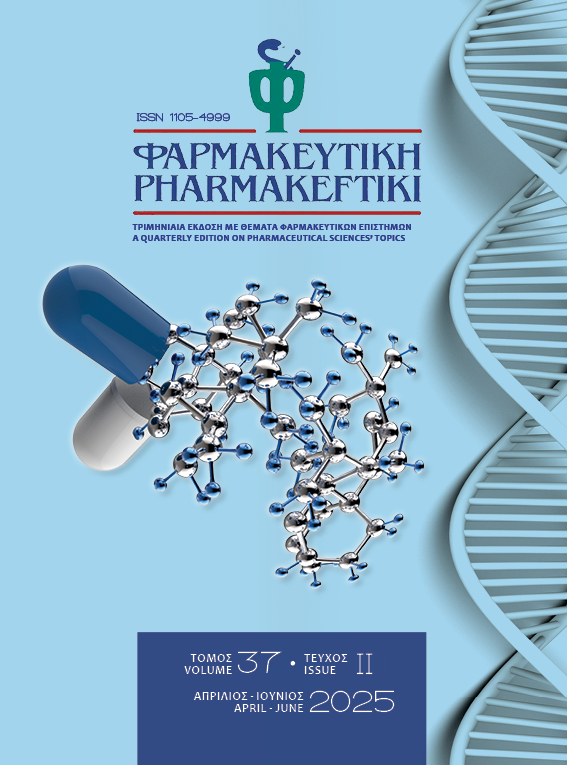A Short Review on Brain Eating Amoeba
DOI:
https://doi.org/10.60988/p.v37i2.121Keywords:
Naegleria fowleri; Meningoencephalitis; Trophozoites; Immunology;, Anti-Naegleria Drugs.Abstract
The first recorded instance of absurd primary amoebic meningoencephalitis (PAM) occurred in Florida, USA, in 1962, and was caused by the free-living amoeba Naegleria fowleri. PAM, a waterborne disease found in swimming holes, clean water, and aquatic environments, is brought on by an infection with N. fowleri. It results in the cerebral hemispheres becoming inflamed, spongy, enlarged, and blocked. Acanthamoeba fowleri causes it, while acanthamoeba spp. and Balamuthia mandrillaris develop Granulomatous Amoebic Encephalitis (GAE). PAM can also be caused in animals. Serological tests are only marginally helpful in diagnosing PAM due to the rapid death of most patients. N. fowleri may have grown as a successful pathogen due to its ability to evade the host immune system and stick to nasal mucosa. PAM lacks distinctive clinical features and is frequently confused with other forms of bacterial or viral meningoencephalitis, hence a comprehensive clinical history is essential for diagnosis. PAM has been treated less successfully, although “drug repurposing,” or re-profiling current drugs, is a useful strategy for treating illnesses that go untreated.

